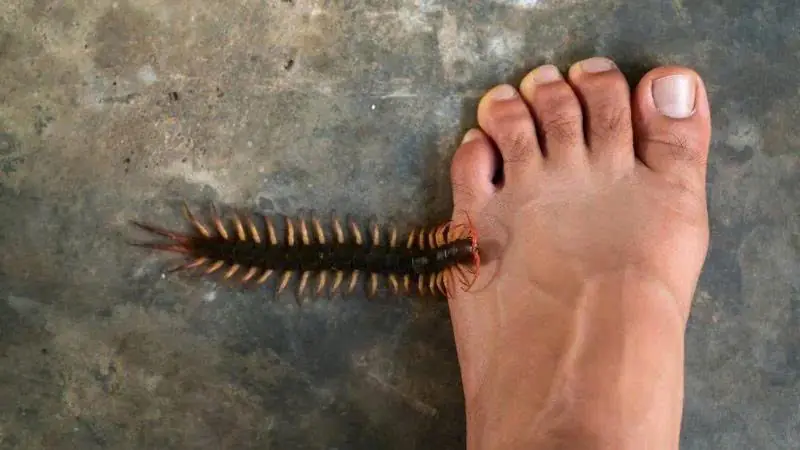
A Woman’s Kid.ney Turned to “Stone” and Had to Be Completely Removed
A Woman’s Kid.ney Turned to “Stone” and Had to Be Completely Removed: Doctors Reveal the Shocking Culprit
A woman experienced unusual symptoms and went to the hospital for a check-up. The diagnosis revealed that one of her kidneys had completely “calcified,” losing all function.![]()
One Kidney Turned White and “Turned to Stone”
About a week ago, Mrs. Mai (57, Da Nang) was admitted to the hospital with flank pain. Examination showed her right kidney was at hydronephrosis grade 4, with pus in the renal pelvis.
Dr. Cao Vinh Duy, Department of Urology – Tam Anh General Hospital, Ho Chi Minh City, explained that CT scans revealed her entire right kidney was calcified, completely white, and unable to absorb contrast. This is known as a “stone kidney,” a clear sign of total loss of function.
Doctors suspected she had chronic renal tuberculosis, which destroyed the kidney’s ability to function. The best treatment option was to surgically remove the kidney to eliminate the infection source and send tissue for pathology to confirm the exact cause.
The patient underwent laparoscopic surgery to remove the calcified kidney. During surgery, the medical team found the kidney was deformed, filled with yellow pus, and its artery had shriveled, making it impossible to receive blood supply.
Pathology results confirmed caseous necrosis in the kidney tissue—typical of renal tuberculosis.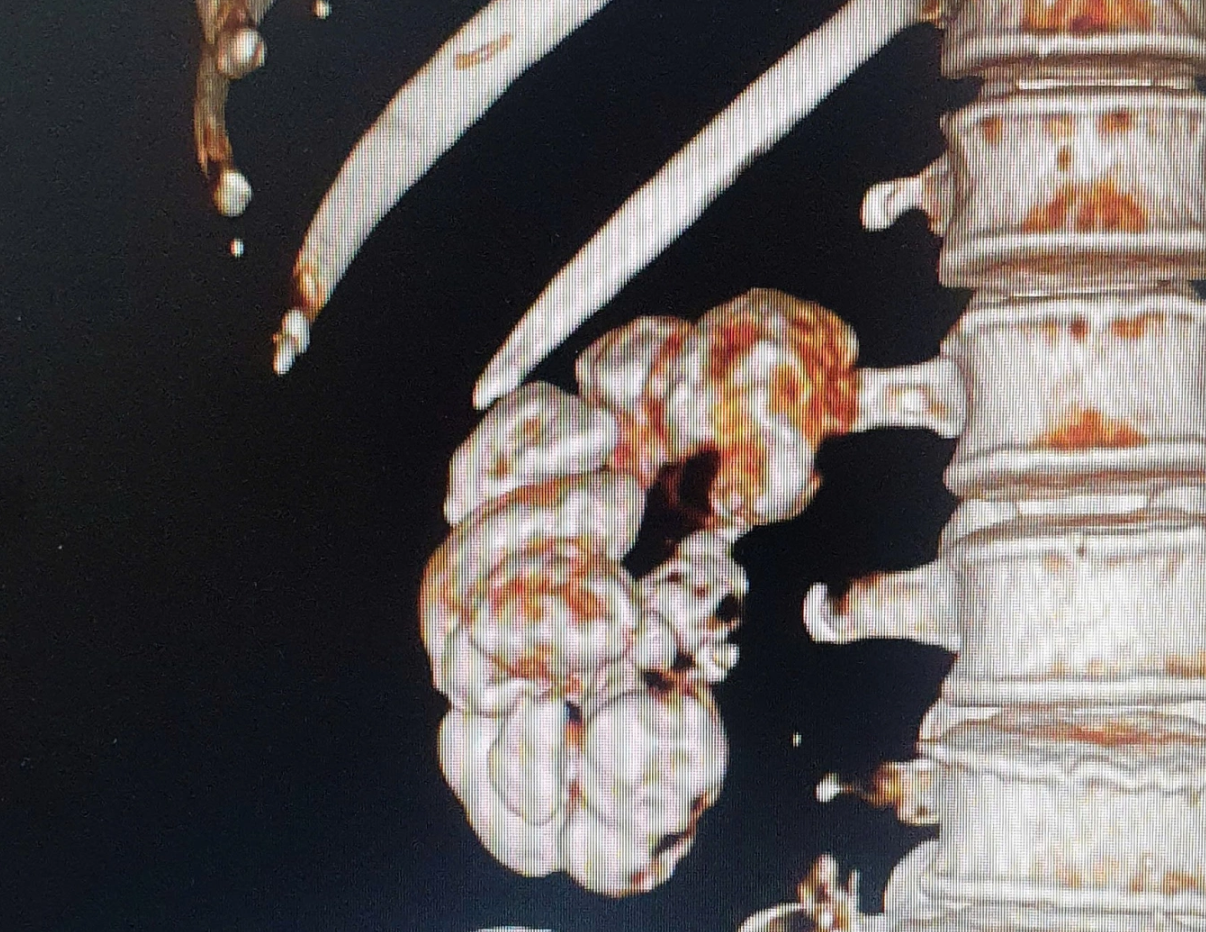
After surgery, the patient continued anti-tuberculosis treatment and was scheduled for regular check-ups to monitor the remaining kidney’s function and prevent relapse.
Renal Tuberculosis – The “Silent Killer” of the Urinary System
According to doctors, renal tuberculosis is a form of extrapulmonary TB. Tuberculosis bacteria spread from the lungs to the kidneys through the bloodstream. Once there, they cause inflammation, caseous necrosis, hydronephrosis, tissue damage, and eventually kidney failure.
The disease often progresses silently, with few obvious symptoms. Patients may experience back pain, painful urination, or blood in the urine—symptoms that are often mistaken or ignored.
When the disease advances, the kidney may be so severely destroyed that medication alone is no longer effective. At that point, doctors must remove part or all of the kidney.
Mrs. Mai’s case is a typical example: the entire kidney turned to stone and had to be surgically removed to save her life.
Preventing and Detecting Renal Tuberculosis Early
Dr. Duy emphasized that preventing pulmonary tuberculosis is the most important step in preventing renal TB, as the lungs are the first organs attacked. If pulmonary TB is not controlled, the bacteria can spread to the kidneys and other parts of the urinary system.
To detect renal TB early, people should never ignore unusual signs such as blood in urine, painful urination, or flank/back pain, as these may signal kidney disease, including tuberculosis.
Doctors recommend that anyone with these symptoms undergo diagnostic tests such as biopsy, urinalysis, X-ray, ultrasound, CT, or MRI. Early detection increases the chance of saving kidney function, preventing total kidney destruction, and avoiding complications.
News in the same category

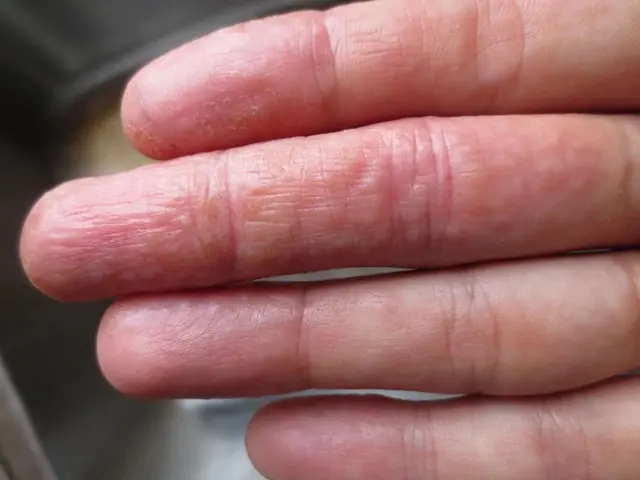
4 Finger Signs That May Signal Li.ver and Lu.ng Can.cer

Japan Reveals the Top 5 Foods to Eat Every Day
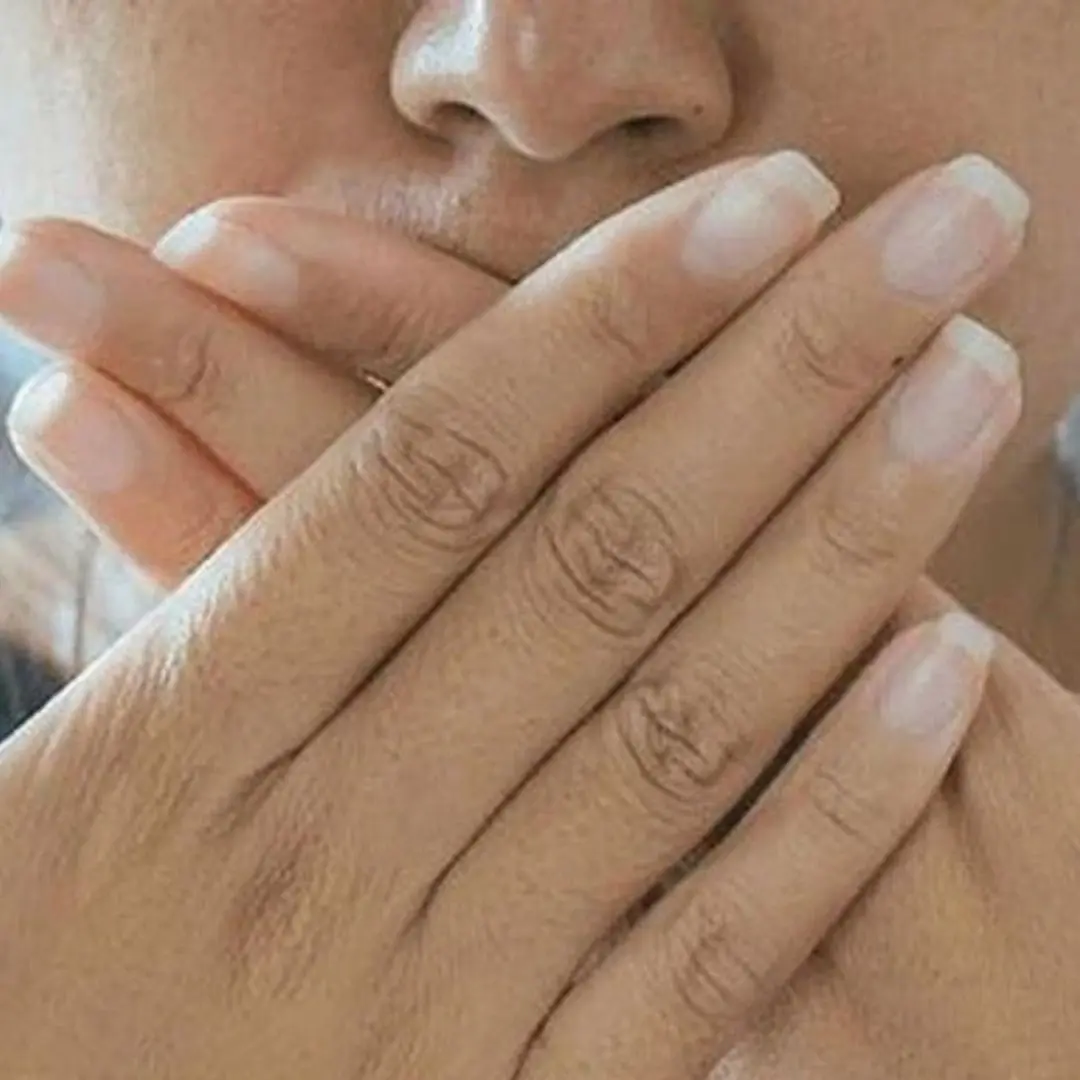
A bitter taste in your mouth every morning? Don’t take it lightly — it may signal an underlying illness
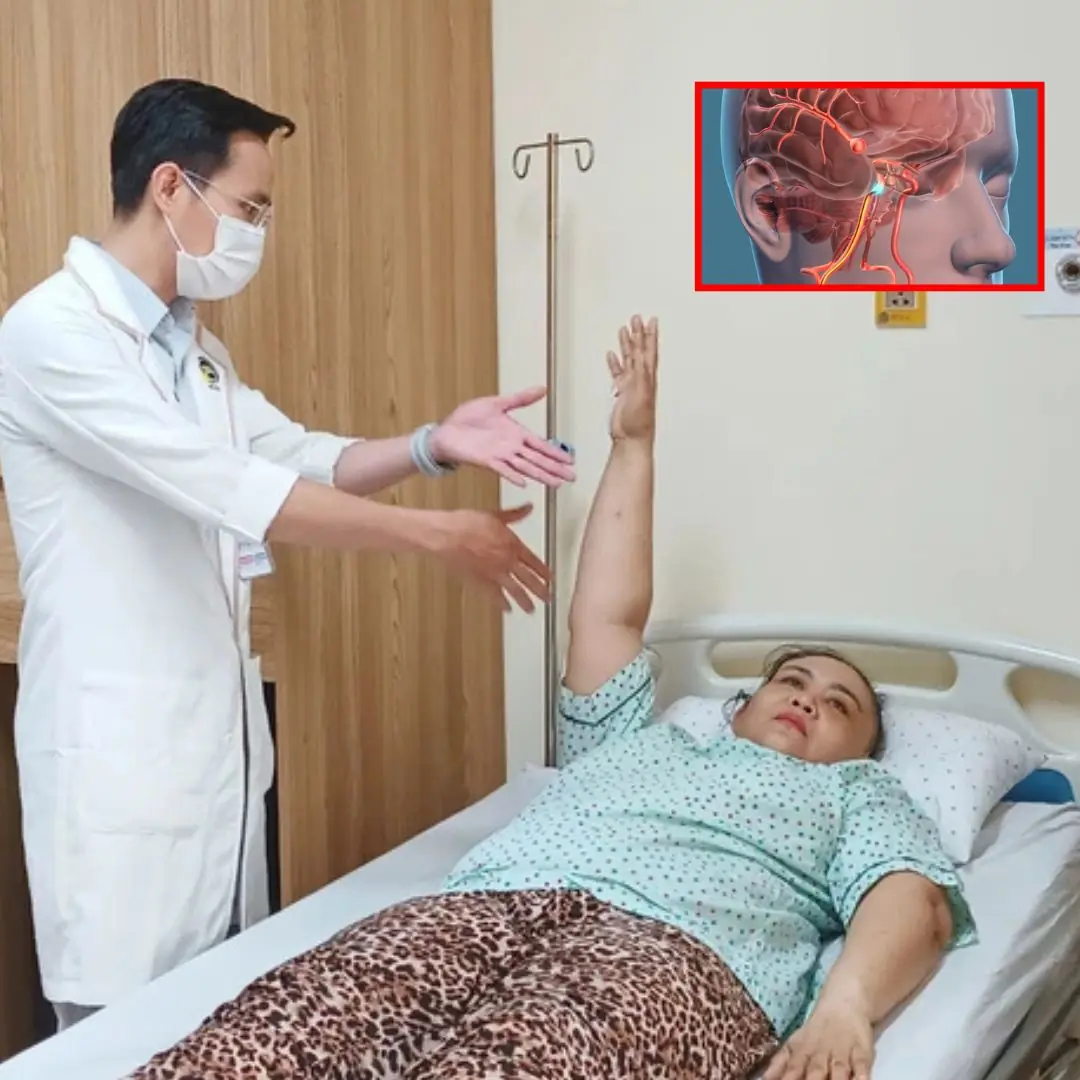
Sudden headache while sweeping the floor, 48-year-old woman went to the doctor and discovered a ruptured brain aneurysm

56-year-old man contracts food poisoning from a favorite dish of many Vietnamese people

Bulging Arm and Hand Veins: Causes and Treatments
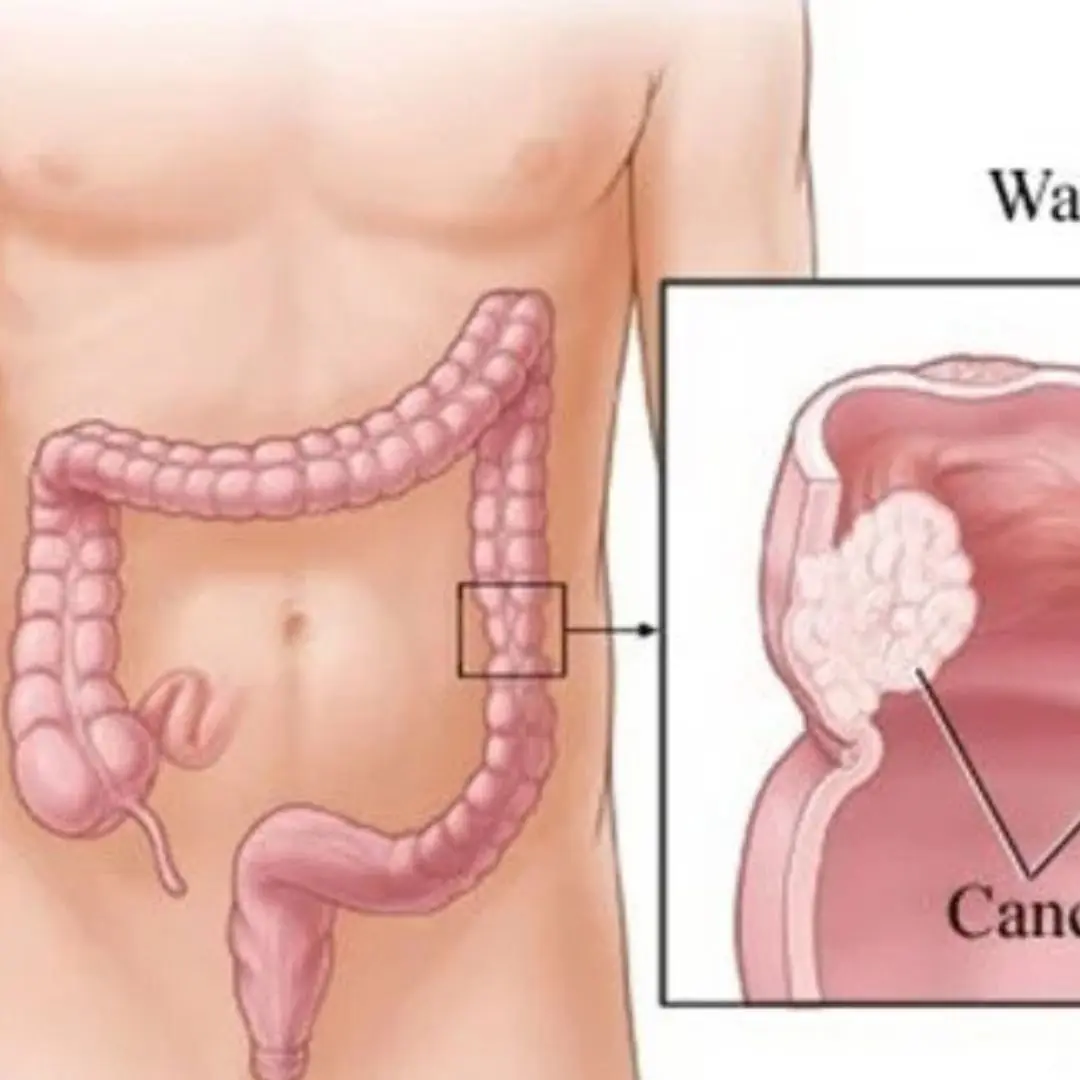
Ca.n.cer is painless at first, but if you notice these 8 signs while going to the bathroom, you should see a doctor immediately

5 Foods That Can Wreck Your Kidn.eys Without Mercy

4 Foods With an Extremely Short Shelf Life After Opening – Don’t Trust the Expiry Date!
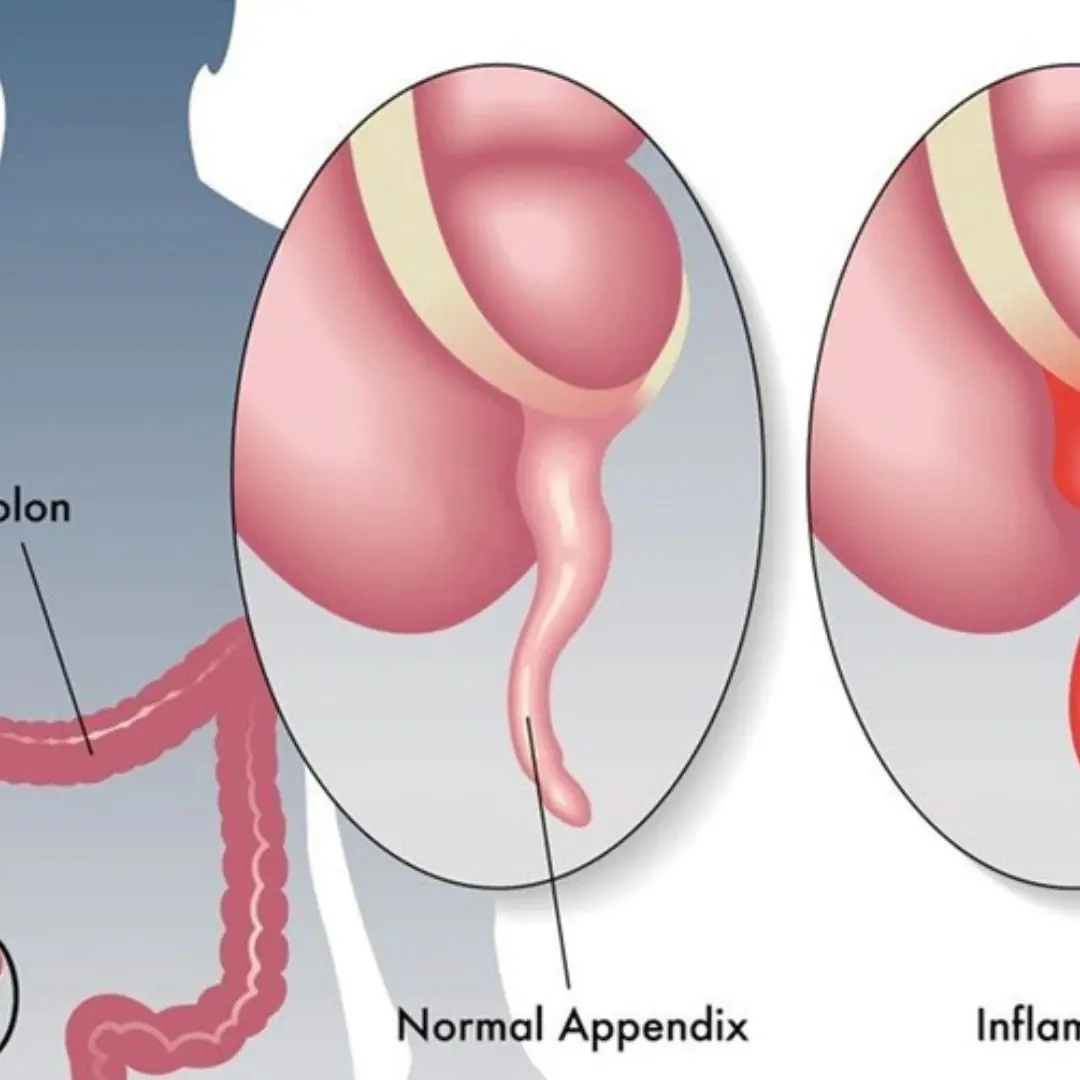
11 most common symptoms and signs as well as effective disease prevention measures

5 harmful effects of sitting cross-legged

Chives: A familiar spice but contains 8 great health benefits

7 surprising effects of drinking warm lemon water in the morning

14 Healthy Foods You Should Add to Your Diet to Reduce Joint Pain and Stiffness

Eating Greek Yogurt Every Morning for 1 Week
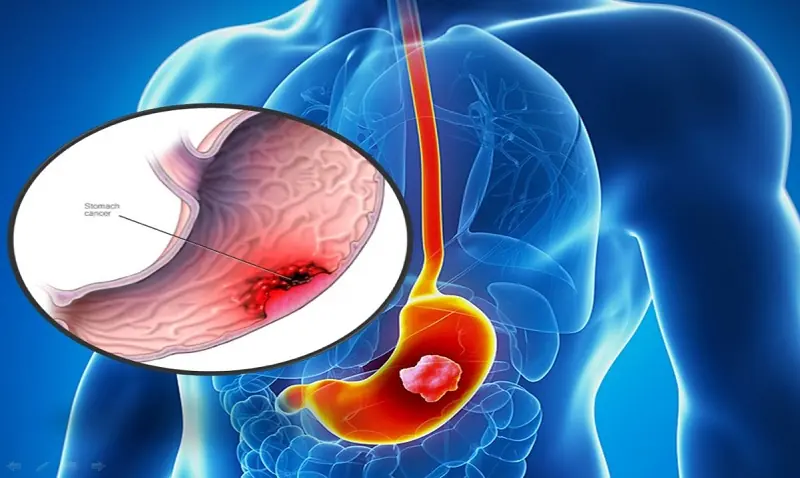
5 “Superfoods” That Fight the Deadly Sto.mach Can.cer Bacteria

Just 3 Nights Of Poor Sleep May Raise Heart Disease Risk, New Study Warns
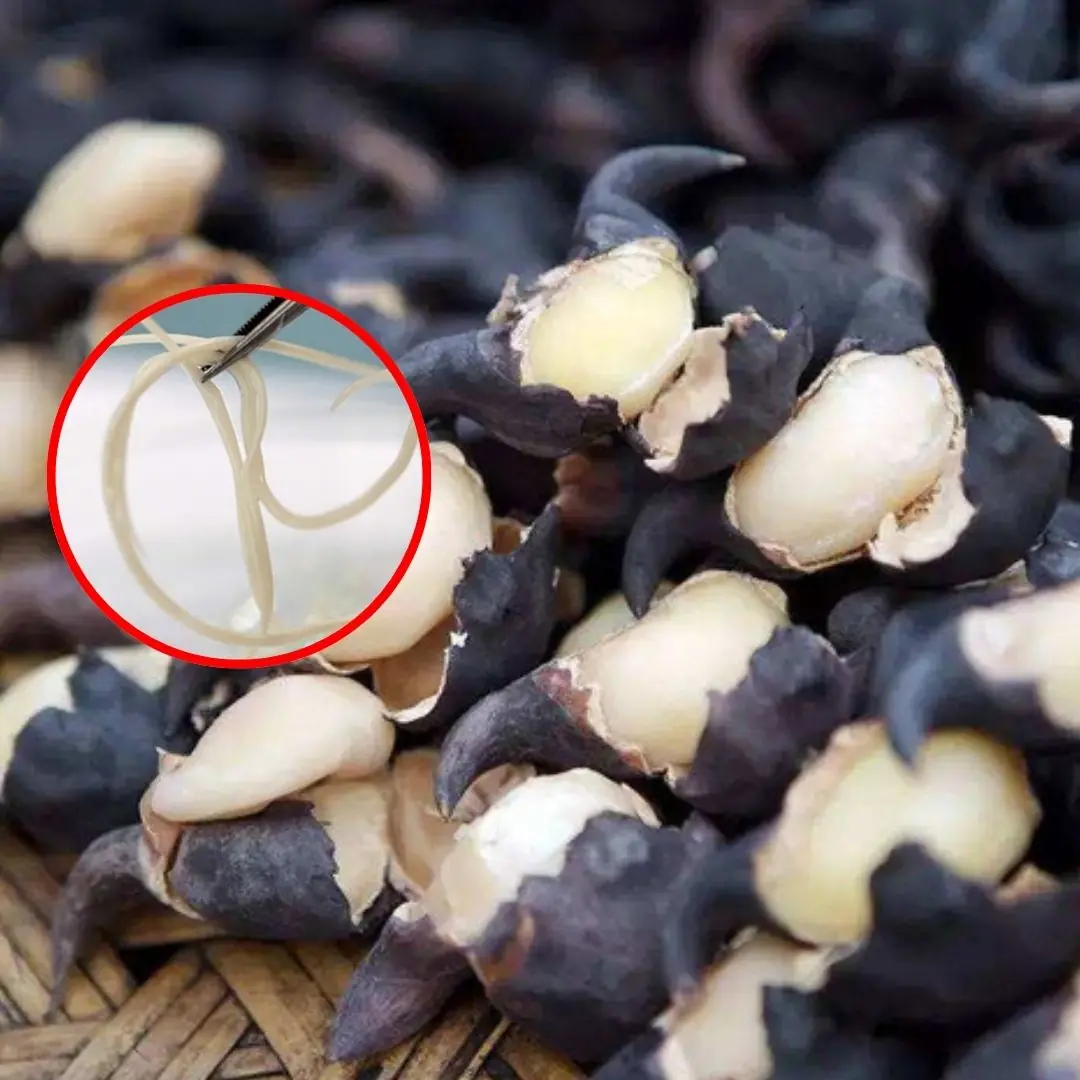
5 vegetables you should never eat raw — they may hide worm nests that turn into parasites in your stomach
News Post

In Autumn, Eat These 3 Lu.ng-Nourishing Dishes Regularly to Prevent Cough and Thr.oat Irritation

3 benefits of old toothbrushes you must know

At 32, Already Suffering from Kid.ney and He.art Failure

The woman gave birth to 2 pairs of twins, although there are already four children in the family

7 Types of Foods That Don’t Spoil Easily

4 Finger Signs That May Signal Li.ver and Lu.ng Can.cer

Japan Reveals the Top 5 Foods to Eat Every Day

Keep the Bathroom Door Open or Closed When Not in Use?

he Leaves of This Plant Are as Precious as the “Ginseng of the Poor,”

Japan Announces 5 Foods to Eat Daily

A bitter taste in your mouth every morning? Don’t take it lightly — it may signal an underlying illness

Miner took his son to the game immediately following work – he had no time to shower

Sudden headache while sweeping the floor, 48-year-old woman went to the doctor and discovered a ruptured brain aneurysm

56-year-old man contracts food poisoning from a favorite dish of many Vietnamese people

Bulging Arm and Hand Veins: Causes and Treatments

Ca.n.cer is painless at first, but if you notice these 8 signs while going to the bathroom, you should see a doctor immediately

5 Foods That Can Wreck Your Kidn.eys Without Mercy

4 Foods With an Extremely Short Shelf Life After Opening – Don’t Trust the Expiry Date!
